Imagine walking through a dense forest and encountering a creature that witnessed the rise and fall of dinosaurs, survived multiple mass extinction events, and continues to thrive in our modern world virtually unchanged. These aren’t mythical beings from fantasy novels — they’re real insects living among us today, carrying the secrets of ancient Earth in their DNA. While most species have evolved dramatically over millions of years, adapting to changing climates and environments, some insects have remained remarkably stable, earning them the fascinating title of “living fossils.” These extraordinary creatures offer us a unique window into prehistoric life, showing us what our planet looked like when continents were still forming and the first dinosaurs were taking their initial steps.
The Cockroach: Earth’s Ultimate Survivor
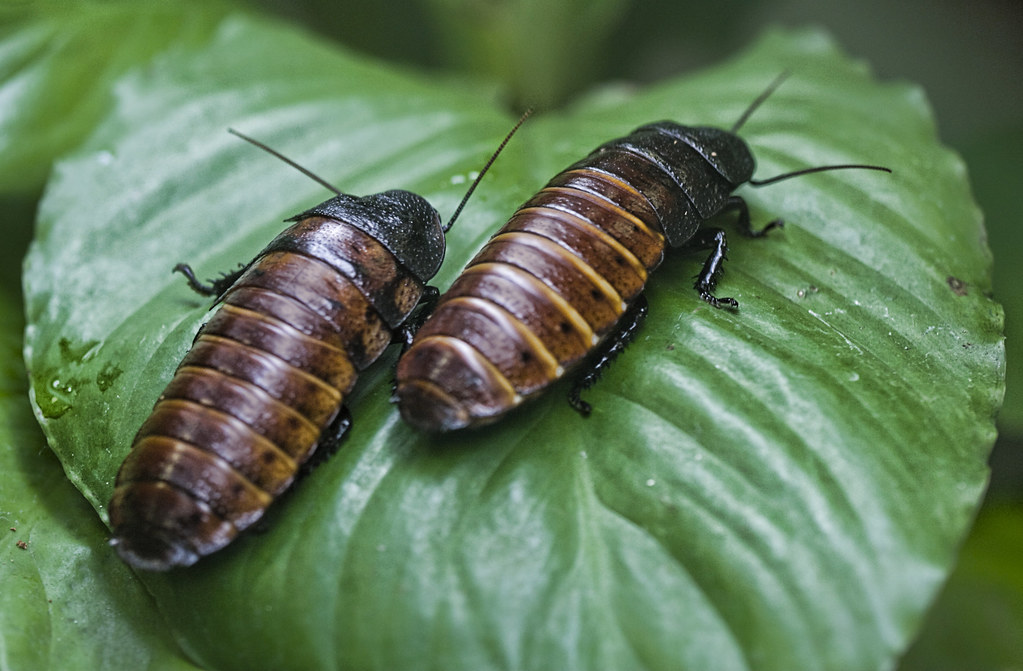
When most people think of ancient insects, cockroaches immediately come to mind, and for good reason. These resilient creatures have been scuttling across Earth’s surface for approximately 320 million years, making them one of the oldest insect groups still alive today. What’s truly remarkable is how little they’ve changed since the Carboniferous period — fossil cockroaches look almost identical to the ones hiding in your kitchen cabinet.
The secret to their incredible longevity lies in their simple yet effective body plan. Their flat, oval-shaped bodies allow them to squeeze into the tiniest crevices, while their powerful legs enable rapid escape from predators. Cockroaches can survive for weeks without food and even live for a week without their heads, thanks to their decentralized nervous system.
Modern cockroaches possess the same basic features as their ancient ancestors: leather-like forewings, chewing mouthparts, and sensory antennae that can detect the slightest vibrations. This evolutionary conservatism suggests that cockroaches found the perfect formula for survival early on and never needed to deviate from it.
Dragonflies: Ancient Aerial Acrobats
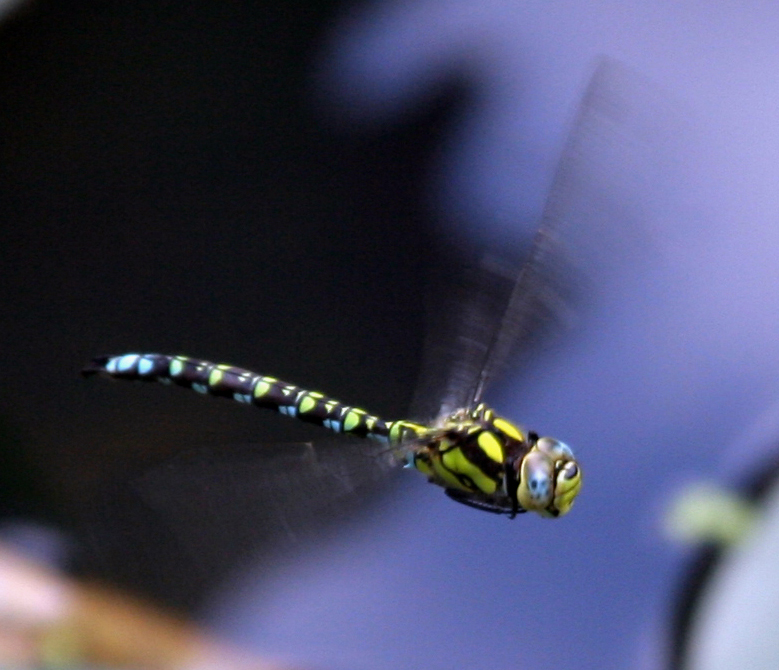
Dragonflies represent one of nature’s most spectacular examples of evolutionary persistence, having ruled the skies for over 300 million years. These magnificent insects were among the first creatures to master powered flight, and their aerial prowess remains unmatched even today. During the Carboniferous period, some dragonflies boasted wingspans of over two feet, making them the largest insects ever to take flight.
What makes dragonflies truly extraordinary is their hunting success rate — they catch their prey 95% of the time, making them more effective predators than sharks or lions. Their compound eyes, which can contain up to 30,000 individual lenses, provide them with nearly 360-degree vision and the ability to detect the slightest movement.
The basic dragonfly body plan has remained remarkably consistent throughout geological time. Their four independently moving wings, streamlined bodies, and powerful flight muscles represent a design so perfect that evolution saw no need to improve upon it. Modern dragonflies can fly backward, hover in place, and reach speeds of up to 35 miles per hour using the same wing mechanics their ancestors employed millions of years ago.
The Indestructible Tardigrade Connection
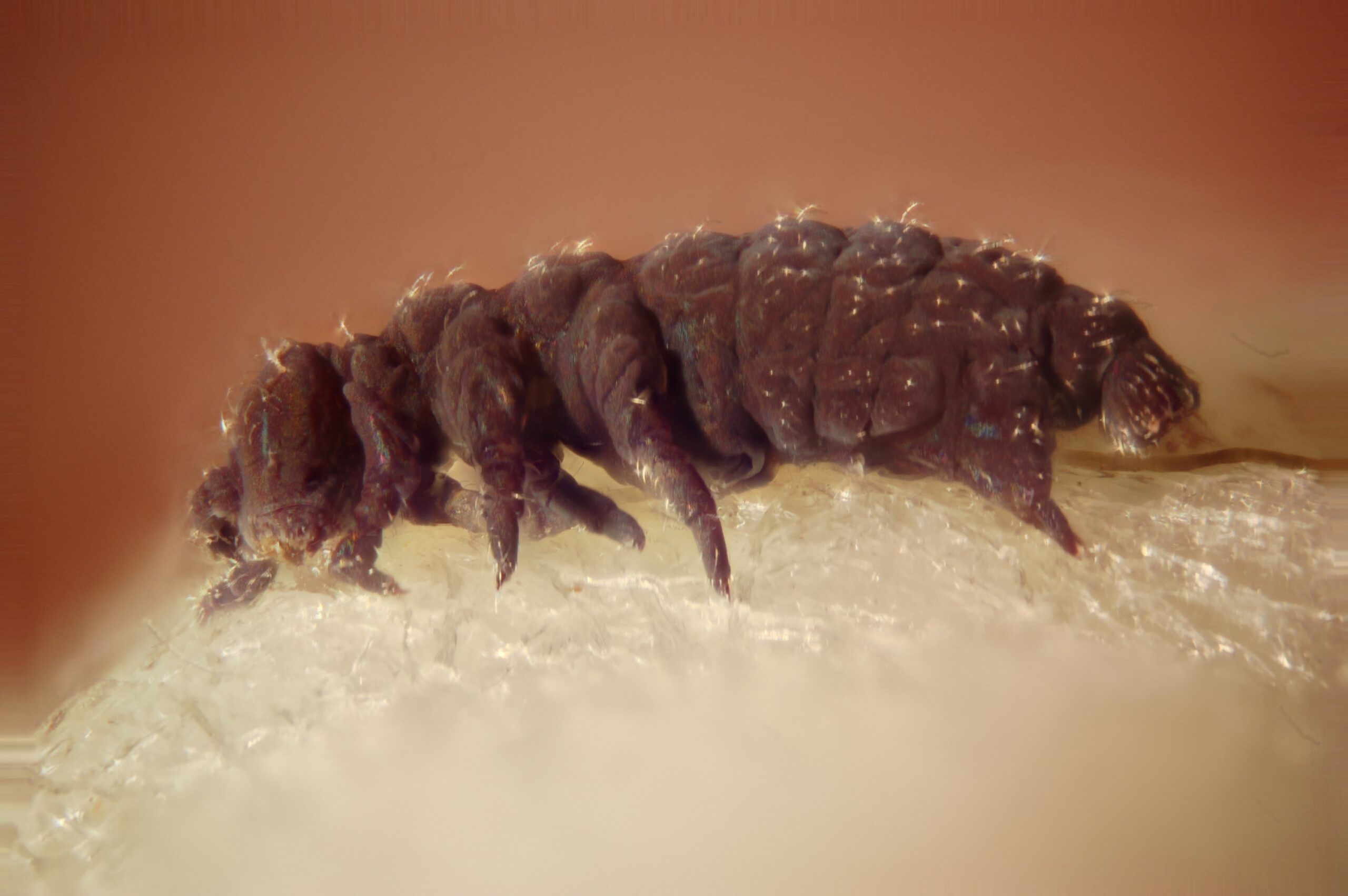
While not technically insects, tardigrades deserve mention as they share habitats with many ancient insect species and demonstrate similar evolutionary stability. These microscopic “water bears” have survived for over 500 million years, enduring conditions that would kill most other life forms. Their ability to enter a state called cryptobiosis allows them to survive extreme temperatures, radiation, and even the vacuum of space.
Tardigrades remind us that sometimes the most successful evolutionary strategy is to remain small, simple, and incredibly resilient. They’ve influenced our understanding of how ancient insects might have survived mass extinction events that wiped out larger, more complex organisms.
The connection between tardigrades and ancient insects lies in their shared approach to survival — both groups developed robust, simple body plans that could withstand environmental catastrophes. This parallel evolution demonstrates that nature often rewards conservative design over flashy innovation.
Silverfish: The Primitive Pantry Raiders
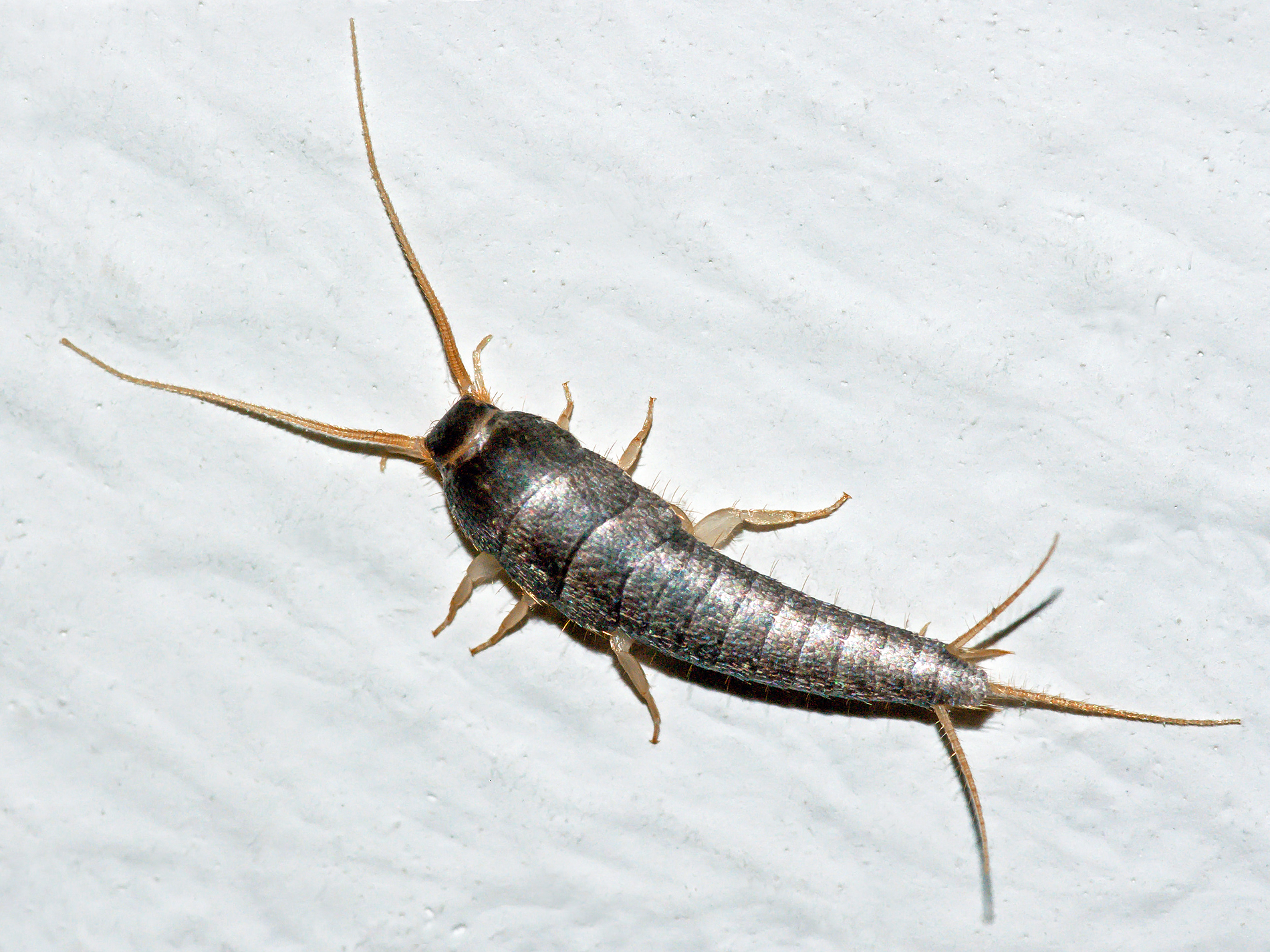
Silverfish might be unwelcome guests in our homes, but they’re actually living museums of insect evolution. These primitive insects have remained virtually unchanged for over 400 million years, making them even older than cockroaches. Their elongated, fish-like bodies and silvery scales give them their distinctive appearance and name.
What makes silverfish particularly fascinating is their primitive characteristics that other insects have long since abandoned. They lack wings entirely, molt throughout their adult lives, and can survive for up to a year without food. Their ability to digest cellulose allows them to feed on paper, glue, and fabric — skills that have served them well in both ancient forests and modern homes.
The silverfish’s simple body plan includes three tail-like appendages, long antennae, and a flattened body that allows them to slip through the smallest gaps. These features haven’t changed significantly since the Devonian period, when fish were just beginning to venture onto land.
Bristletails: The Jumping Ancients

Closely related to silverfish, bristletails represent another branch of primitive insects that have maintained their ancient characteristics. These small, elongated insects have been hopping around Earth’s surface for over 390 million years, using their unique jumping mechanism to escape predators and navigate their environment.
Bristletails possess a fascinating escape mechanism — they can arch their backs and catapult themselves several inches into the air, a behavior that has remained unchanged since the Paleozoic era. Their compound eyes are small and primitive compared to more advanced insects, yet they’ve proven perfectly adequate for their survival needs.
The most remarkable aspect of bristletails is their reproductive behavior, which remains as primitive as their ancestors’. They engage in elaborate courtship dances and deposit sperm packets for females to collect, a method that predates the more sophisticated mating systems of modern insects.
Mayflies: Brief Lives, Ancient Lineage

Mayflies present a beautiful paradox in the insect world — they live for just a few hours or days as adults, yet their lineage stretches back over 300 million years. These delicate insects have maintained their ephemeral lifestyle and primitive characteristics throughout countless geological epochs.
The mayfly’s life cycle is a testament to evolutionary persistence. They spend most of their lives as aquatic nymphs, sometimes for several years, before emerging for their brief adult phase dedicated solely to reproduction. This strategy has proven so successful that mayflies have never needed to evolve more complex adult forms.
What makes mayflies particularly interesting is their unique molting behavior — they’re the only insects that molt after developing functional wings. This primitive trait, along with their inability to fold their wings back along their bodies, marks them as living representatives of early flying insects.
Stoneflies: Aquatic Time Capsules

Stoneflies have been gracing Earth’s waterways for approximately 290 million years, serving as living indicators of aquatic ecosystem health. These insects have maintained their primitive characteristics and ecological preferences throughout their long evolutionary history, making them valuable subjects for understanding ancient freshwater environments.
The stonefly’s dependence on clean, oxygen-rich water has remained constant throughout geological time. Their larvae, called nymphs, require specific water conditions to survive, which explains why stoneflies are often used as biological indicators of water quality. This environmental sensitivity has actually helped preserve their ancient characteristics by limiting their habitats to stable, pristine ecosystems.
Adult stoneflies retain many primitive features, including their inability to fold their wings properly and their weak flying abilities. These seemingly disadvantageous traits have actually contributed to their survival by keeping them closely tied to their aquatic birthplaces.
Termites: Social Insects with Ancient Roots
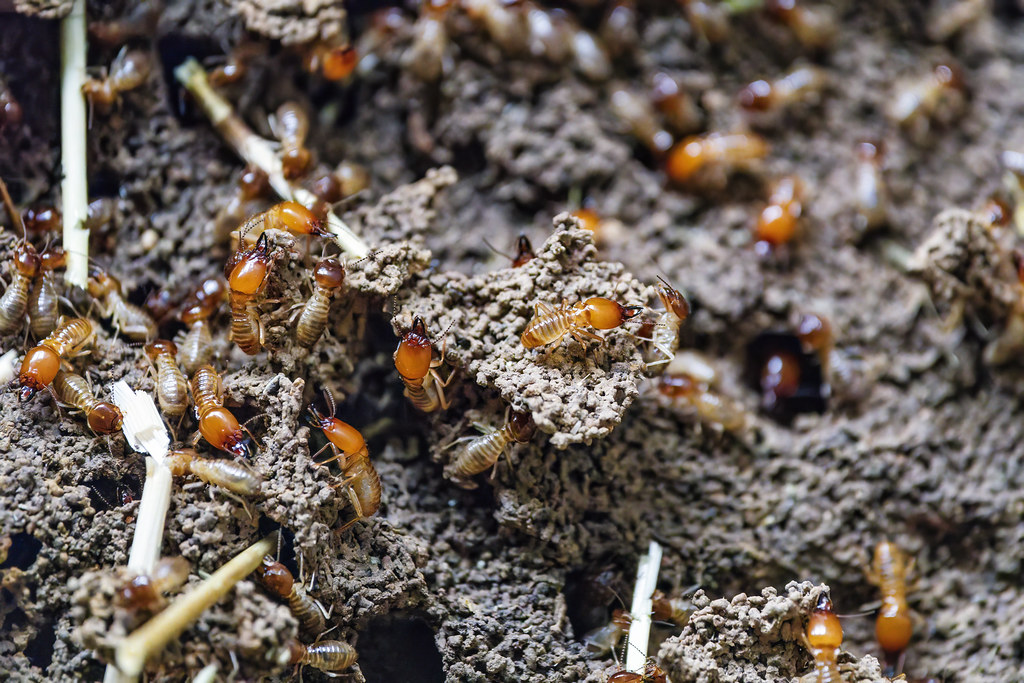
While termites might seem like modern pests, they actually represent one of the most successful ancient insect lineages, with fossils dating back over 130 million years. These social insects developed their complex colony structures during the Cretaceous period and have maintained their basic social organization ever since.
The termite’s ability to digest cellulose through symbiotic gut bacteria is an ancient adaptation that has remained largely unchanged. This partnership with microorganisms allows termites to break down wood and plant material, filling a crucial ecological niche that they’ve occupied for millions of years.
What’s particularly remarkable about termites is how their social structure has remained stable across vast timescales. The caste system of workers, soldiers, and reproductive individuals found in modern termite colonies mirrors the organization of their ancient ancestors, suggesting that early termites discovered an optimal social formula.
Caddisflies: Master Builders of the Ancient World
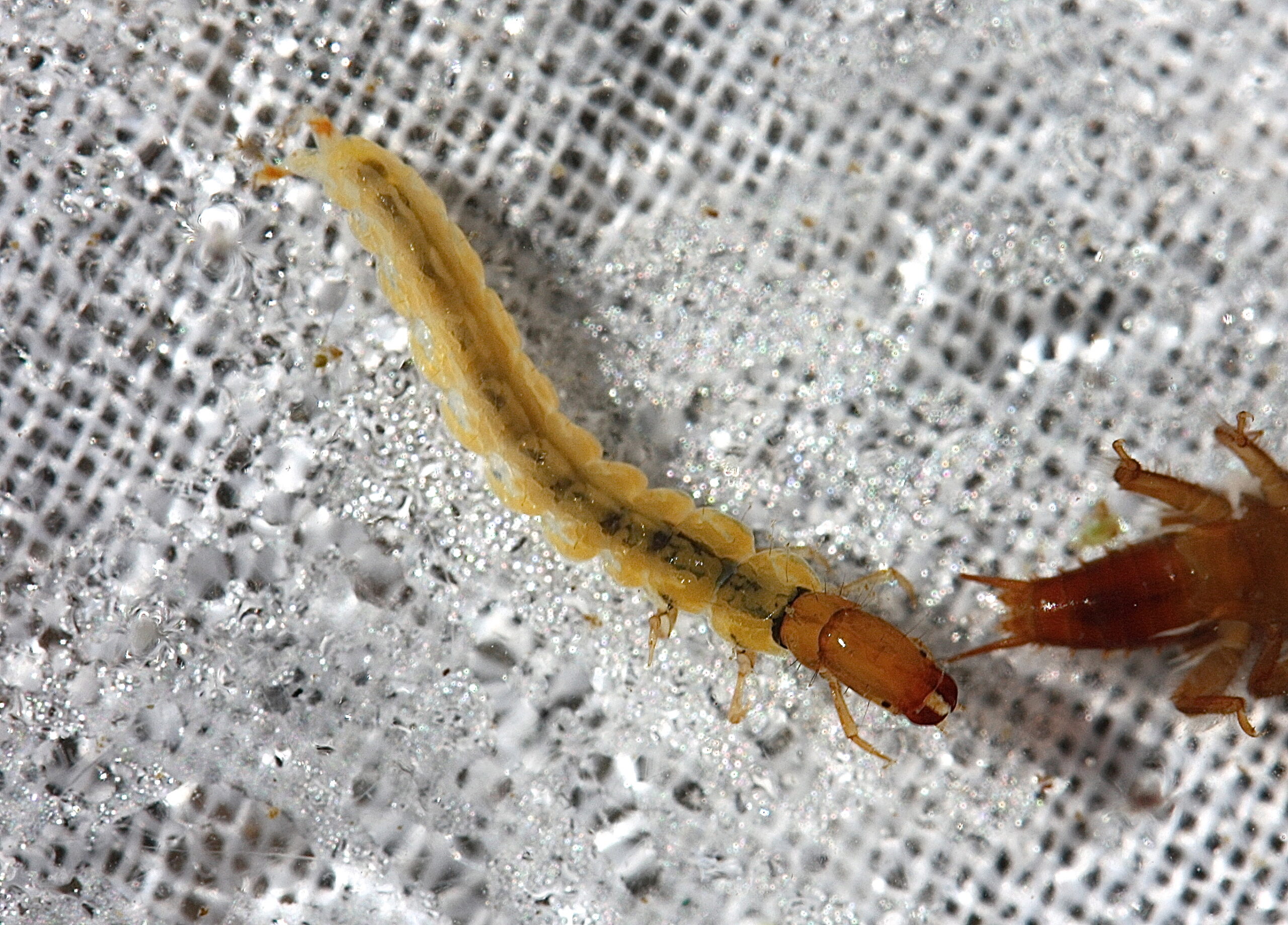
Caddisflies have been constructing their ingenious larval cases for over 230 million years, making them nature’s longest-practicing architects. These aquatic insects create protective shelters using silk and available materials like sand, pebbles, and plant fragments — a behavior that has remained remarkably consistent throughout their evolutionary history.
The caddisfly’s case-building ability represents one of the most sophisticated examples of insect engineering that has persisted across geological time. Each species has its own architectural style, passed down through millions of generations without significant modification. Some create spiral shells, others build log cabins, and still others construct portable tubes.
Adult caddisflies retain primitive characteristics such as hair-covered wings and weak flying abilities. Their nocturnal habits and attraction to lights mirror behaviors documented in fossil evidence, suggesting that these insects have maintained consistent ecological roles throughout their long history.
Earwigs: Pincer-Wielding Ancients

Earwigs have been brandishing their distinctive pincers for over 200 million years, making them one of the more recognizable ancient insect lineages. Despite their somewhat sinister appearance, these insects have maintained their basic body plan and behaviors throughout the Mesozoic and Cenozoic eras.
The earwig’s forceps-like cerci serve multiple purposes that have remained unchanged since their evolutionary origin. These appendages function as tools for capturing prey, defense against predators, and assistance during mating rituals. The remarkable consistency of this multi-purpose design demonstrates the effectiveness of their ancient adaptation.
Earwigs exhibit maternal care behavior that’s relatively rare among insects, with females tending to their eggs and young nymphs. This protective behavior has been preserved in fossil evidence and represents one of the earliest examples of insect parental care, suggesting that family bonds in the insect world are far more ancient than previously thought.
Webspinners: Silk Specialists of the Ancient World
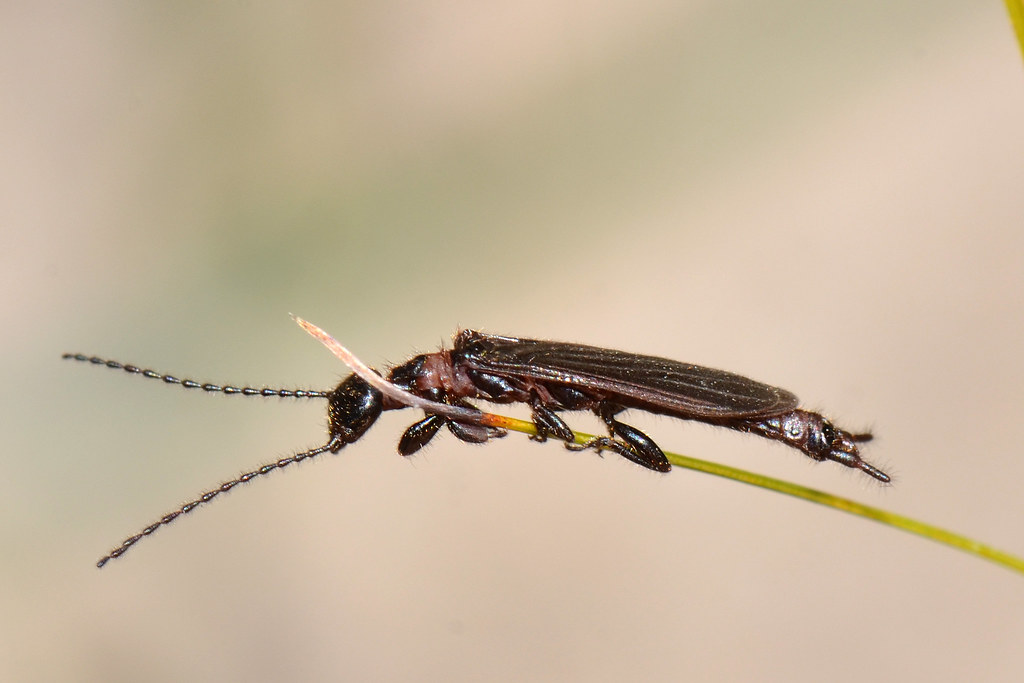
Webspinners, or embiids, represent one of the most overlooked groups of living fossil insects, having produced silk for over 200 million years. These small, elongated insects create silk tunnels and galleries that serve as both homes and highways, using specialized glands in their front legs — a unique adaptation found nowhere else in the animal kingdom.
The webspinner’s silk production method has remained essentially unchanged since the Triassic period. They spin silk continuously as they move, creating extensive tunnel systems that can cover entire rock surfaces or tree bark. This behavior has proven so successful that webspinners have never needed to evolve alternative survival strategies.
What makes webspinners particularly fascinating is their social behavior within silk colonies. Multiple individuals may share tunnel systems, creating primitive communities that have persisted for millions of years. This ancient form of cooperation predates many other social insect behaviors and provides insight into the early evolution of group living.
The Ice Age Survivors: Grylloblattids
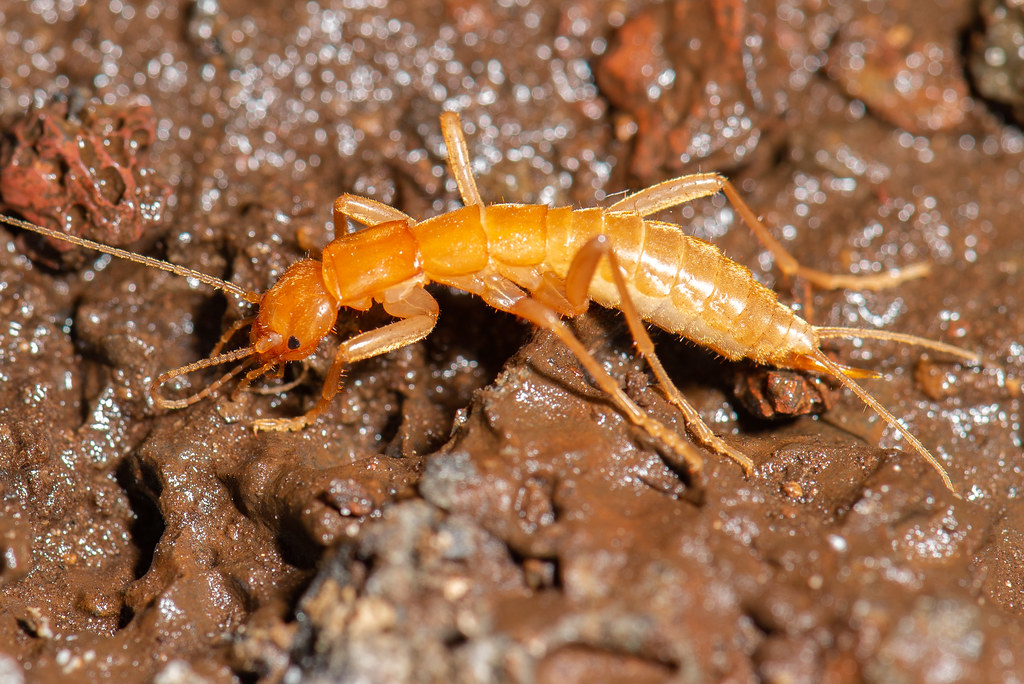
Grylloblattids, or ice crawlers, represent perhaps the most extreme example of evolutionary conservatism among insects. These cold-adapted insects have survived multiple ice ages virtually unchanged, thriving in environments that would kill most other arthropods. Their lineage extends back over 250 million years, making them witnesses to some of Earth’s most dramatic climate changes.
Ice crawlers possess a unique combination of characteristics that seems almost designed for survival in harsh conditions. They’re wingless, slow-moving, and can survive being frozen solid for extended periods. Their metabolism is so slow that they can go months without food, making them perfectly adapted to environments where resources are scarce.
The discovery of grylloblattids in the 20th century was like finding a living dinosaur — their primitive characteristics were so unexpected that scientists initially struggled to classify them. These remarkable insects bridge the gap between different insect orders, providing crucial evidence for understanding early insect evolution.
Mantises: Predatory Perfection Preserved

Praying mantises have been perfecting their ambush hunting techniques for over 175 million years, developing into one of nature’s most efficient predators. Their iconic prayer-like posture, lightning-fast strikes, and rotating heads represent adaptations that have remained virtually unchanged since the Jurassic period.
The mantis hunting strategy exemplifies the principle that if something works perfectly, evolution won’t fix it. Their ability to remain motionless for hours while waiting for prey, combined with their explosive striking speed, has made them successful predators across multiple geological epochs. Modern mantises employ the same hunting techniques their ancestors used when dinosaurs roamed the Earth.
What’s particularly remarkable about mantises is their specialized vision system, which includes excellent depth perception and motion detection. These visual capabilities have remained consistent throughout their evolutionary history, suggesting that the mantis visual system reached optimal efficiency millions of years ago.
Conclusion
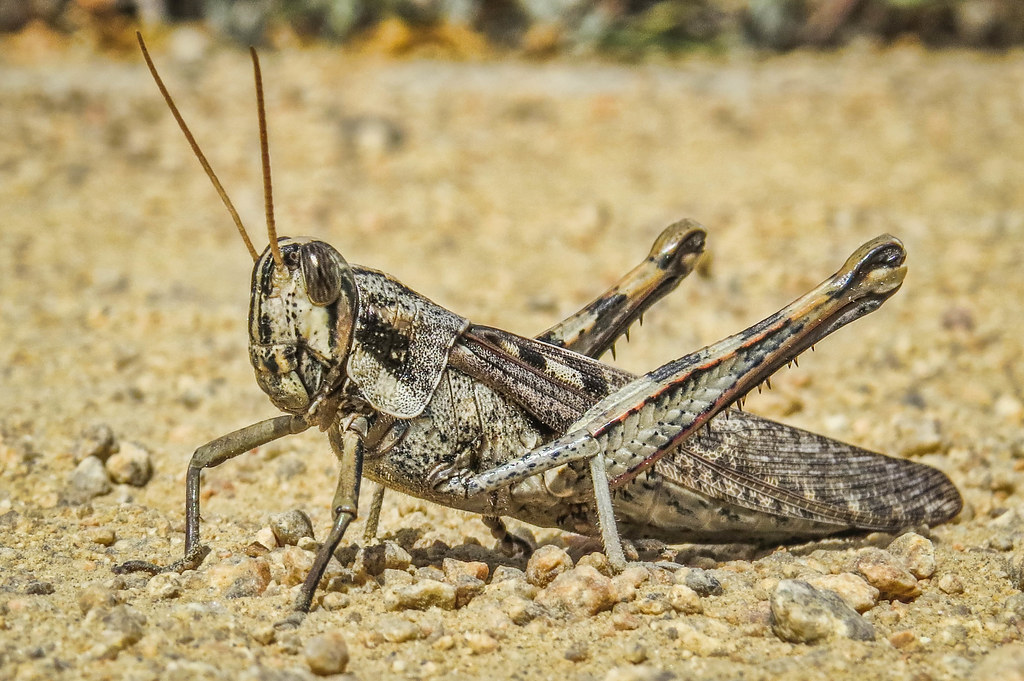
These remarkable insects serve as living bridges between our modern world and the ancient past, carrying within their DNA the secrets of survival that have enabled them to weather countless environmental changes and mass extinction events. Their persistence through hundreds of millions of years demonstrates that sometimes the most successful evolutionary strategy is not constant change, but rather the perfection of fundamental survival techniques.
The study of these living fossils provides invaluable insights into the history of life on Earth and the mechanisms that drive evolutionary success. Each species represents a unique solution to the challenges of survival, from the cockroach’s remarkable adaptability to the dragonfly’s unmatched aerial prowess.
As we face unprecedented environmental changes in our modern world, these ancient survivors remind us of the importance of resilience, adaptation, and the incredible diversity of life that has flourished on our planet. Their continued existence is a testament to the power of evolution to create lasting solutions to life’s challenges.
What secrets might these ancient insects still hold about the future of life on Earth?
